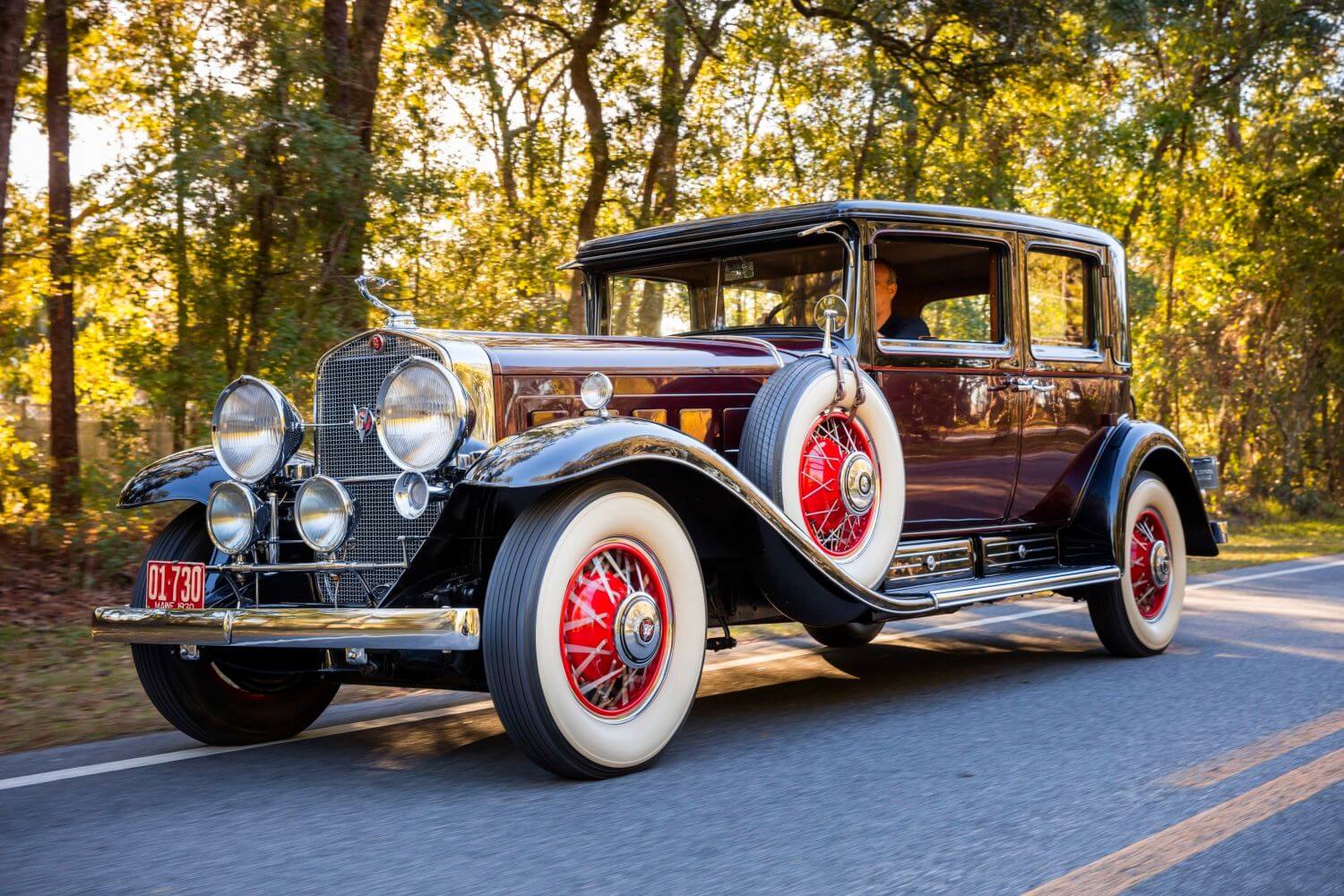Understanding Reliability in Collecting
Reliability in the context of collecting is paramount for ensuring the integrity and value of each item within a collection. When starting or expanding a collection, it is crucial to source items from reputable dealers or auction houses. This practice not only provides assurance regarding the authenticity of the pieces but also enhances the overall trustworthiness of the collection. Reputable dealers are known for their adherence to ethical standards and practices, thereby ensuring that collectors receive items that are genuine and accurately represented.
A foundational aspect of reliability is understanding the provenance of each piece. Provenance refers to the history and ownership record of an item, and it serves as a vital factor in determining both authenticity and value. Collectors should seek detailed narratives concerning an item’s background, including previous owners, geographical origin, and historical significance. This information can often be found in accompanying documentation, which reinforces the item’s reliability and credibility.
To assess the reliability of sources, collectors should consider several key indicators. Certifications from recognized governing bodies or associations can serve as validation of an item’s authenticity. Additionally, expert appraisals conducted by qualified professionals can provide further confirmation. These appraisals often include detailed descriptions and valuations based on comparable items within the market.
Building a trustworthy network of dealers, fellow collectors, and appraisers significantly enhances a collector’s confidence in the authenticity and value of their items. Engaging in communities—whether online or in-person—can facilitate the sharing of knowledge and experiences, important for identifying and avoiding less reliable sources. Such connections can lead to beneficial opportunities, resources, and support that reinforce reliability in collecting.
The Importance of Authenticity
Authenticity is a cornerstone in the realm of collectibles, profoundly influencing both the value and credibility of items within a collection. For collectors, understanding the nuances of authenticity is essential for ensuring that they acquire legitimate pieces rather than forgeries or replicas, which can drastically diminish their investment’s worth. Verification of authenticity can be approached through various methods, including expert appraisals, third-party authentication services, and comprehensive documentation.
Expert appraisals are often the first step for collectors seeking to ascertain the legitimacy of valuable items. A knowledgeable appraisal involves a thorough examination of the collectible by a qualified expert, who considers factors such as age, condition, and provenance to establish authenticity. Collectors can also leverage third-party authentication services, which specialize in authenticating a wide range of collectibles, from art to antiques. These services provide collectors with objective evaluations, often accompanied by certification that substantiates the item’s authenticity.
Documentation plays a pivotal role in verifying the legitimacy of collectibles. Provenance records, receipts, and original packaging contribute significantly to establishing a piece’s authenticity. Collectors should prioritize obtaining and preserving these documents when acquiring items, as they serve not only as proof of legitimacy but also as a vital historical context for the collection.
The presence of forgeries and replicas poses a significant risk in the collectibles market. As the market grows, so too does the prevalence of counterfeit items, which can lead to substantial financial loss for unsuspecting collectors. To mitigate this risk, it is crucial for collectors to foster a genuine appreciation for authentic pieces while remaining vigilant against deceptive practices in the industry. As such, understanding authenticity not only enhances the collector’s experience but also safeguards their investment over time.
Building a Supportive Community
Establishing a supportive community is pivotal for both novice and experienced collectors. Engaging with fellow enthusiasts can significantly enhance the collection experience, providing emotional support, practical advice, and a wealth of shared knowledge. By networking within the collecting community, individuals can foster relationships that are instrumental in their growth as collectors. This social interaction not only promotes best practices but also amplifies the joys and challenges related to collecting.
Participating in enthusiast forums and joining collector clubs or associations allows collectors to connect deeply with peers who share their passions. These environments create opportunities for individuals to exchange tips and insights into various aspects of collection, including acquisition methods, preservation techniques, and authenticity verification. Such exchanges can be invaluable, particularly for beginners who may still be navigating the complexities of their specific collecting interests.
Additionally, active participation in local or national associations can cultivate professional relationships that may lead to opportunities such as exhibitions or events specific to their collection focus. This can enrich the overall experience, offering occasions to showcase one’s collection while engaging with established experts and fellow enthusiasts.
With the rise of social media platforms, collecting communities have expanded far beyond geographical limits. Platforms such as Instagram or specialized Facebook groups enable collectors to share images of their collections, solicit feedback, and engage in discussions about best practices and evolving trends in the collecting world. Online networks facilitate instant communication and access to global communities, enhancing the shared experience of collecting.
In conclusion, actively participating in a supportive collector community significantly enriches the journey of both novice and experienced individuals. Whether through in-person interactions or online platforms, such connections not only broaden horizons but also create a nurturing environment for collectors to thrive. By reaching out and engaging, collectors can find invaluable support as they navigate their unique collecting paths.
Resources for Collectors: Tools and Best Practices
For collectors seeking to establish a sustainable and rewarding collection, it is essential to leverage available resources and tools designed for this purpose. A variety of recommended books are specifically tailored to offer insight into the nuances of collecting antiques, art, and memorabilia. Titles such as “The Antiques Roadshow Primer” and “Collecting 101: A Guide to Collecting Anything” provide foundational knowledge alongside advanced strategies for discerning quality and value in collectibles.
In addition to literature, online databases can serve as invaluable tools for collectors. Websites like Heritage Auctions and eBay have extensive listings of collectibles, complete with descriptions and estimated values. These platforms often feature user reviews and ratings that can assist collectors in evaluating items before making a purchase. Furthermore, specialized databases like the Art Loss Register enable collectors to verify the provenance of art pieces, thereby enhancing the authenticity of their investments.
Authenticating collectibles is another critical aspect that collectors must address. Engaging professional authentication services can prevent costly mistakes. Industry professionals provide detailed assessments, often offering certificates which verify the legitimacy of items. Collectors are encouraged to familiarize themselves with reputable services and may wish to seek recommendations from experienced members of collecting communities.
To ensure the longevity and preservation of a collection, best practices must be implemented. Maintaining a controlled environment with appropriate temperature and humidity levels is fundamental. Additionally, archival-quality storage solutions should be employed to protect items from dust, light, and physical damage. Documenting details about each piece, such as its purchase date, provenance, and any restoration work, creates a comprehensive record that can be beneficial for both personal reference and potential future sales.
By incorporating these resources, tools, and best practices, collectors can develop a robust approach that not only enhances the reliability and authenticity of their collections but also enriches the overall collecting experience.


No responses yet